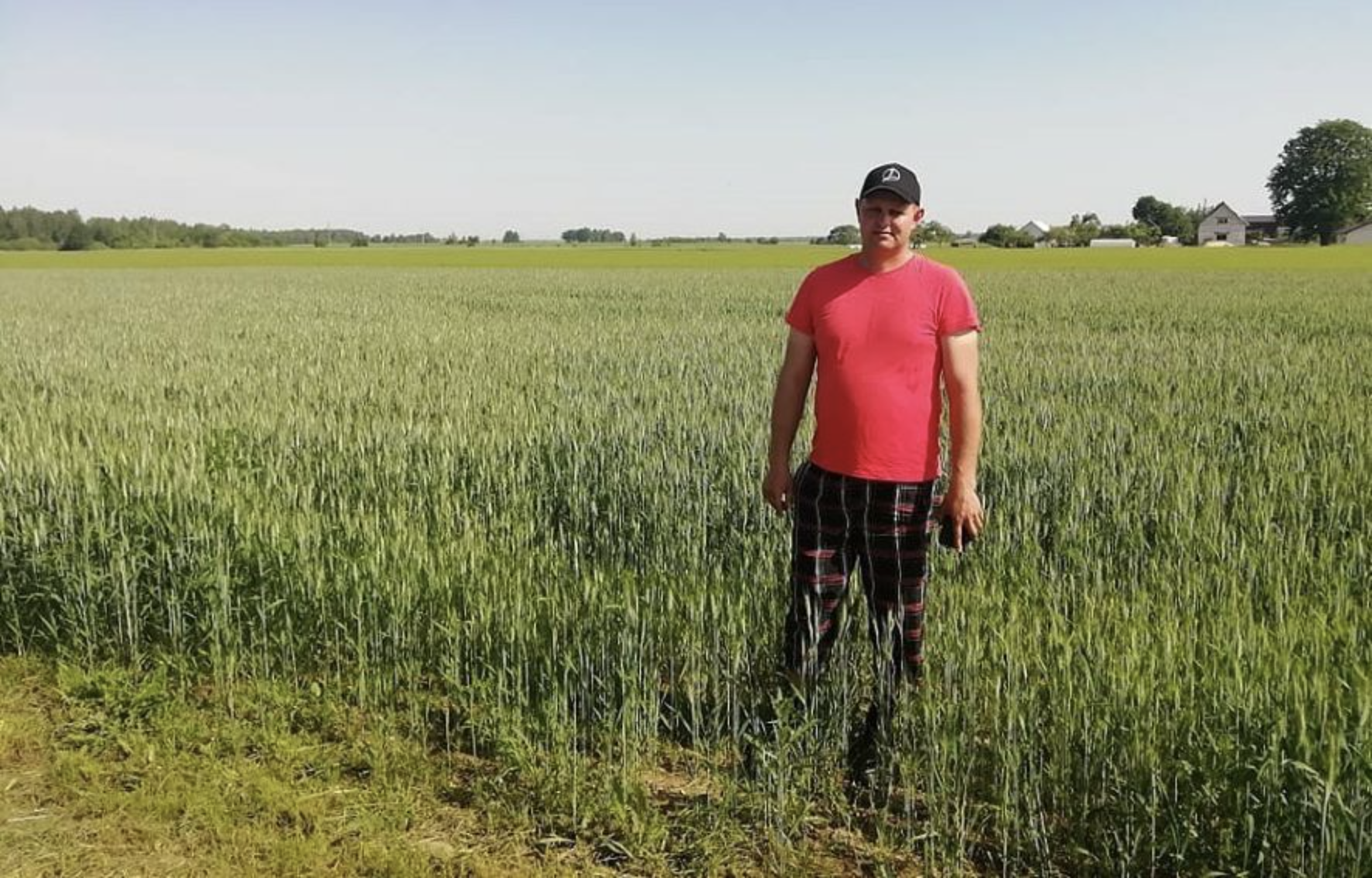At HeavyFinance, we pride ourselves on the rigorous scientific foundation of our carbon farming program. Our team, consisting of experienced scientists, data engineers, and agronomists, ensures the highest level of accuracy in accounting for increases in soil organic carbon.. This article will provide an in-depth look at our project, the third-party verification and certification process, and the data we collect to guarantee measurable, tangible and conservative results.
Project Overview
The HeavyFinance Carbon Farming Project adheres to the VERRA VM0042 Agricultural Land Management (ALM) methodology. Notably, no carbon credits have yet been issued using this specific methodology at the time of this publication. Within VM0042, our focus is on two main components:
- Avoidance: Measuring the impact of reduced fuel and fertiliser consumption.
- Sequestration: Measuring the levels of organic soil carbon.
Participants in the project sign a 20-year contract to ensure long-term commitment to durability and permanence, with an option to renew it up to five times, extending the maximum duration to 100 years. The project is entirely voluntary and free for participants.
Our Process
The verification process is comprehensive and ensures the integrity of our carbon credits:
- Project Registration: Initial registration of the project.
- Farmer Enrollment: Engaging and enrolling farmers into the program.
- Soil Sampling: Collecting soil samples to measure organic carbon levels accurately. This step is crucial for establishing a baseline and tracking changes in soil carbon over time, ensuring precise and reliable carbon credit calculations.
- Data Collection and Processing: The project and data team collects, cleans, structures, processes, verifies, and stores all relevant data in our database.
- Project Design Document (PDD): The PDD is uploaded to VERRA and undergoes a 30-day public commenting period.
- Addressing Comments: All public comments are addressed, and all documents and calculations are finalised.
- Verification Process: After a kickoff meeting, the Validation/Verification Body (VVB) starts the verification process.
- Addressing VVB Findings: All findings from the VVB are addressed and taken into account.
- Final Check: VERRA reviews all findings.
- Issuance of Carbon Credits: Upon successful completion of all steps, carbon credits are issued.
What Data is Collected and Why
Our data collection process is meticulous and thorough, ensuring the accuracy and integrity of the carbon credits generated:
Farm-Level Data
Farm Details: Information is collected from participating farmers via a detailed questionnaire, including data on crop rotation, crop yield, fertilisation practices (organic and synthetic), management practices (tillage, residue management, cover crops), and fuel consumption.
Field Mapping: We obtain unique field IDs, and our GIS team creates maps to delineate clean areas, removing ponds, woods, and other non-arable regions. This is crucial for accurate calculations of carbon credits per hectare.
Regional Data
Statistical Data: Regional data, acquired from regional statistical departments, aids in additionality and leakage calculations. This regional approach accounts for variations in soil types, terrains, and weather patterns across different countries, influencing carbon sequestration potential. For example, our model predicts that Ukrainian farmers can sequester more carbon in their soil compared to Lithuanian farmers, who are generating 2.8 carbon credits per hectare on average.
Farming Practices
Regenerative Practices: Farmers must implement at least two of five regenerative farming practices (reduced tillage, reduced fuel use, reduced fertiliser use, crop rotation, and cover cropping) to join our program. This is verified through field visits from agronomists as well as general analysis of the farm details submitted by the farmers.
Satellite Data
Crop Rotation Confirmation: Satellite data is used to confirm crop rotation data, providing an additional layer of verification.
Environmental Data
Weather Data: Weather data is integrated into our model to account for climatic variations affecting the state of the soil and carbon sequestration.
Soil Sampling Data: Soil sampling is the most accurate means of measuring organic soil carbon levels. Our final results are always based on soil sampling data.
We particularly pride ourselves on the focus on real-life data, which is why we provide regular soil sampling campaigns free of charge for the farmers participating in our programme. Collecting our final carbon sequestration data straight from the soil eliminates the error margin when the project is being verified. Additionally, we are contributing to enhancing the knowledge farmers have of their own soil.
HeavyFinance’s approach to carbon credits is rooted in rigorous scientific methodologies and comprehensive data collection. By adhering to the VERRA VM0042 AFOLU methodology and implementing a meticulous verification process, we ensure that our carbon credits are accurate and reliable. This robust framework not only enhances the credibility of our carbon credits but also provides assurance to investors and buyers about the integrity and environmental impact of their investments.

